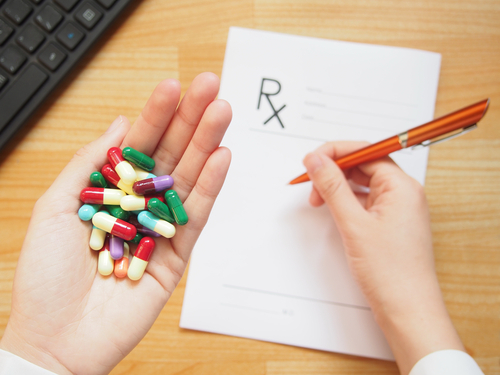Low dose of antibiotics can cause resistance: Study
IANS Apr 24, 2018
Even low concentrations of antibiotics can cause resistance to develop in bacteria, a global and growing problem in health care, says a study.

Antibiotic resistance occurs when bacteria change in response to the use of these medicines, used to prevent and treat bacterial infections. The study showed that, over time, bacteria exposed to low doses of antibiotics developed resistance to antibiotic levels that were more than a thousand times higher than the initial level to which the bacteria were subjected. The mutations in the bacterial DNA that cause resistance are of a different type than if they have been exposed to high doses, the researchers said.
"The results are interesting because they show that the very low antibiotic concentrations present in many environments, too, can lead to a high degree of resistance and contribute to the problem of resistance," said lead author Dan I Andersson, a Professor at the Uppsala University in Sweden. In the study, published in Nature Communications, the researchers investigated how prolonged exposure to low levels of antibiotics contributes to the development of bacterial antibiotic resistance.
During a course of antibiotics, a high proportion of the antibiotic dose is excreted in the urine in unchanged, active form, and can then spread into watercourses, lakes, and soil in the wastewater. Consequently, these environments may contain low levels of antibiotics. During the experiment, the bacteria eventually acquired several mutations. Each of these yielded low resistance, but together they brought about very high resistance.
In addition, the mutations took place mainly in genes that have not previously been regarded as typical resistance genes, suggesting that the number of genes capable of promoting the development of resistance has been greatly underestimated. According to the World Health Organisation (WHO), antibiotic resistance is one of the biggest threats to global health, food security, and development today. A growing number of infections -- such as pneumonia, tuberculosis, gonorrhoea, and salmonellosis -- are becoming harder to treat as the antibiotics used to treat them become less effective.
-
Exclusive Write-ups & Webinars by KOLs
-
Daily Quiz by specialty
-
Paid Market Research Surveys
-
Case discussions, News & Journals' summaries
